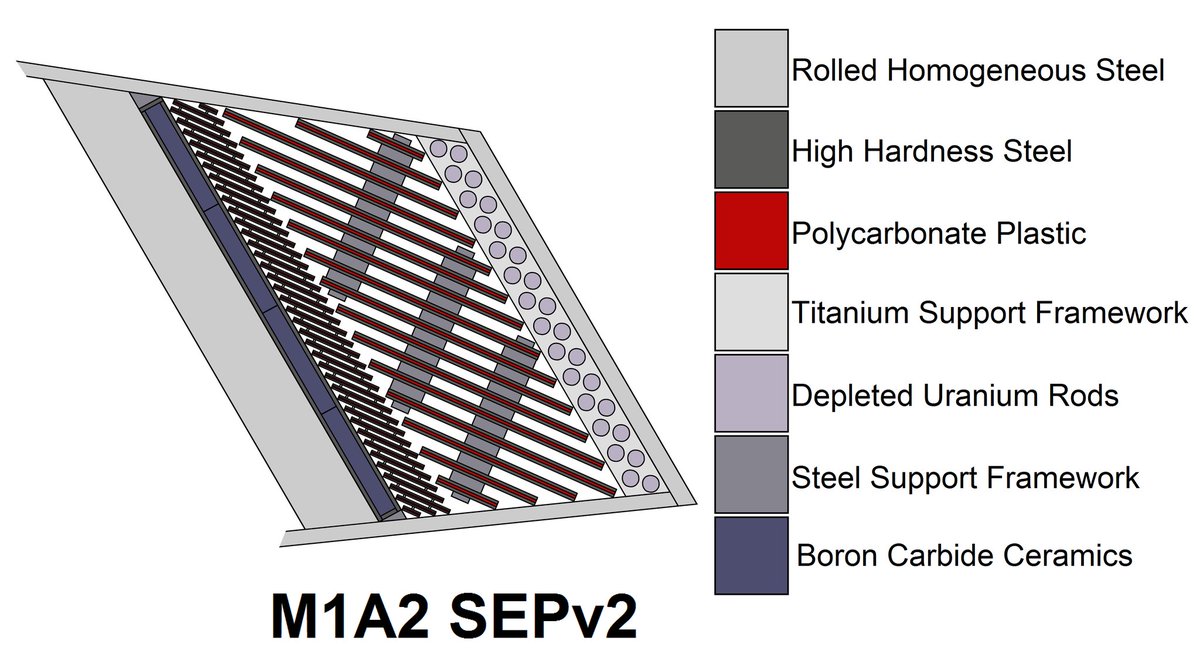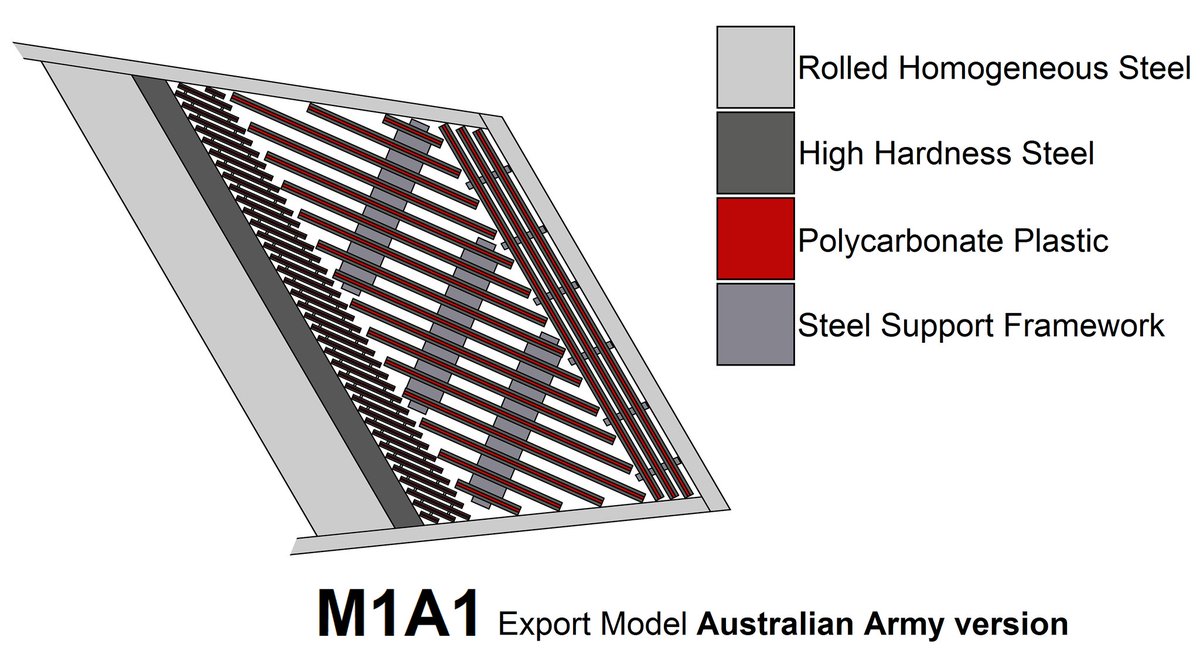
How to get URL link on X (Twitter) App


 The JSW 120mm smoothbore gun was based on an experimental 135mm smoothbore gun developed by Daikin Industries for the STC-1 prototype in 1979.
The JSW 120mm smoothbore gun was based on an experimental 135mm smoothbore gun developed by Daikin Industries for the STC-1 prototype in 1979.

 These tanks had a maintenance hatch above the crew compartment in the hull which can be opened to give access to the transmission.
These tanks had a maintenance hatch above the crew compartment in the hull which can be opened to give access to the transmission.




 Anti-tank cluster bombs deploy hundreds of shaped charge bomblets over armored vehicle formations and convoys.
Anti-tank cluster bombs deploy hundreds of shaped charge bomblets over armored vehicle formations and convoys.


 These are flipped open outwards to provide a much greater stand-off distance when hit by HEAT shells and anti-tank weapons within the 70° frontal arc of the tank.
These are flipped open outwards to provide a much greater stand-off distance when hit by HEAT shells and anti-tank weapons within the 70° frontal arc of the tank. 




 The downgraded composite armor of export Abrams models likely only reverted back to the original BRL-1 NERA arrays which used rubber.
The downgraded composite armor of export Abrams models likely only reverted back to the original BRL-1 NERA arrays which used rubber.





 At that distance, the L23 APFSDS can penetrate 455mm of rolled homogeneous steel armor.
At that distance, the L23 APFSDS can penetrate 455mm of rolled homogeneous steel armor.





 Nanoceramic armor achieves this higher effectiveness by having more compact nano scale grains which makes them up to 70% harder than conventional ceramics.
Nanoceramic armor achieves this higher effectiveness by having more compact nano scale grains which makes them up to 70% harder than conventional ceramics. 





 It had an extremely high 34 round ammunition capacity which is only 2 rounds less than the 36 rounds stored inside the turret racks of the M1 Abrams.
It had an extremely high 34 round ammunition capacity which is only 2 rounds less than the 36 rounds stored inside the turret racks of the M1 Abrams.



 This improved double reflector plate NERA design was developed for the Object 188 (T-90 prototype) in the late 1980s and would have also been used by other future Soviet tanks like the Object 187.
This improved double reflector plate NERA design was developed for the Object 188 (T-90 prototype) in the late 1980s and would have also been used by other future Soviet tanks like the Object 187. 

 Now we know APFSDS projectiles designed to be fired from rifled gun barrels do feature slipping driving bands to prevent them from getting spun quickly by the rifling.
Now we know APFSDS projectiles designed to be fired from rifled gun barrels do feature slipping driving bands to prevent them from getting spun quickly by the rifling. 


 *The reason they used an extremely compact transmission was really because of the T-64.
*The reason they used an extremely compact transmission was really because of the T-64.



 Non-eXplosive Reactive Armor (NERA supposedly stands for Non-Energetic Reactive Armor) uses reactive polymers combined with gas generating chemical compounds to provide a highly energetic reaction that would destabilize the shaped charge jet.
Non-eXplosive Reactive Armor (NERA supposedly stands for Non-Energetic Reactive Armor) uses reactive polymers combined with gas generating chemical compounds to provide a highly energetic reaction that would destabilize the shaped charge jet. 




 "but wasn't the M829A2 already designed to defeat the Kontakt-5?"
"but wasn't the M829A2 already designed to defeat the Kontakt-5?"





 This unique turret armor actually functions using the same compression-decompression mechanism as the steel-textolite-steel hull armor to defeat shaped charges.
This unique turret armor actually functions using the same compression-decompression mechanism as the steel-textolite-steel hull armor to defeat shaped charges.



 Invented by the Institute of Hydrodynamics of the Siberian branch of the Soviet Academy of Sciences, the polymer cell composite armor was designed to use the hydraulic shockwave effects of liquid filled containers to defeat shaped charges and kinetic energy penetrators.
Invented by the Institute of Hydrodynamics of the Siberian branch of the Soviet Academy of Sciences, the polymer cell composite armor was designed to use the hydraulic shockwave effects of liquid filled containers to defeat shaped charges and kinetic energy penetrators. 


 However, at such angles the much thinner turret side armor is also exposed to the enemy, so the tank still becomes vulnerable even if the composite armor in the turret cheeks doesn't get compromised when hit beyond the frontal arc.
However, at such angles the much thinner turret side armor is also exposed to the enemy, so the tank still becomes vulnerable even if the composite armor in the turret cheeks doesn't get compromised when hit beyond the frontal arc. 


 These turret side ports were originally used for throwing out casings on older tanks like the Leopard 1.
These turret side ports were originally used for throwing out casings on older tanks like the Leopard 1.

 The flare sensor detects if the missile is diverting from the center of the sight crosshairs and automatically sends command signals to the missile (via wire or radio) to adjust its flight trajectory and get it back at the center of the sights.
The flare sensor detects if the missile is diverting from the center of the sight crosshairs and automatically sends command signals to the missile (via wire or radio) to adjust its flight trajectory and get it back at the center of the sights. 